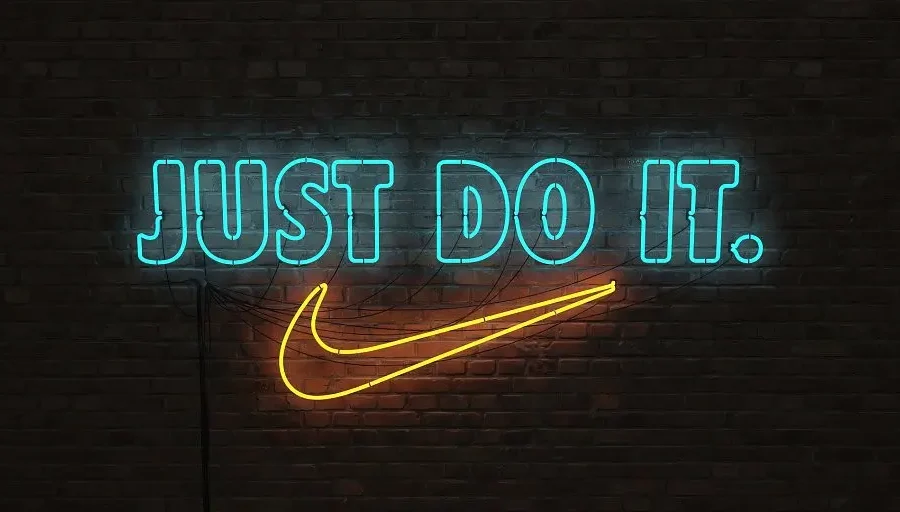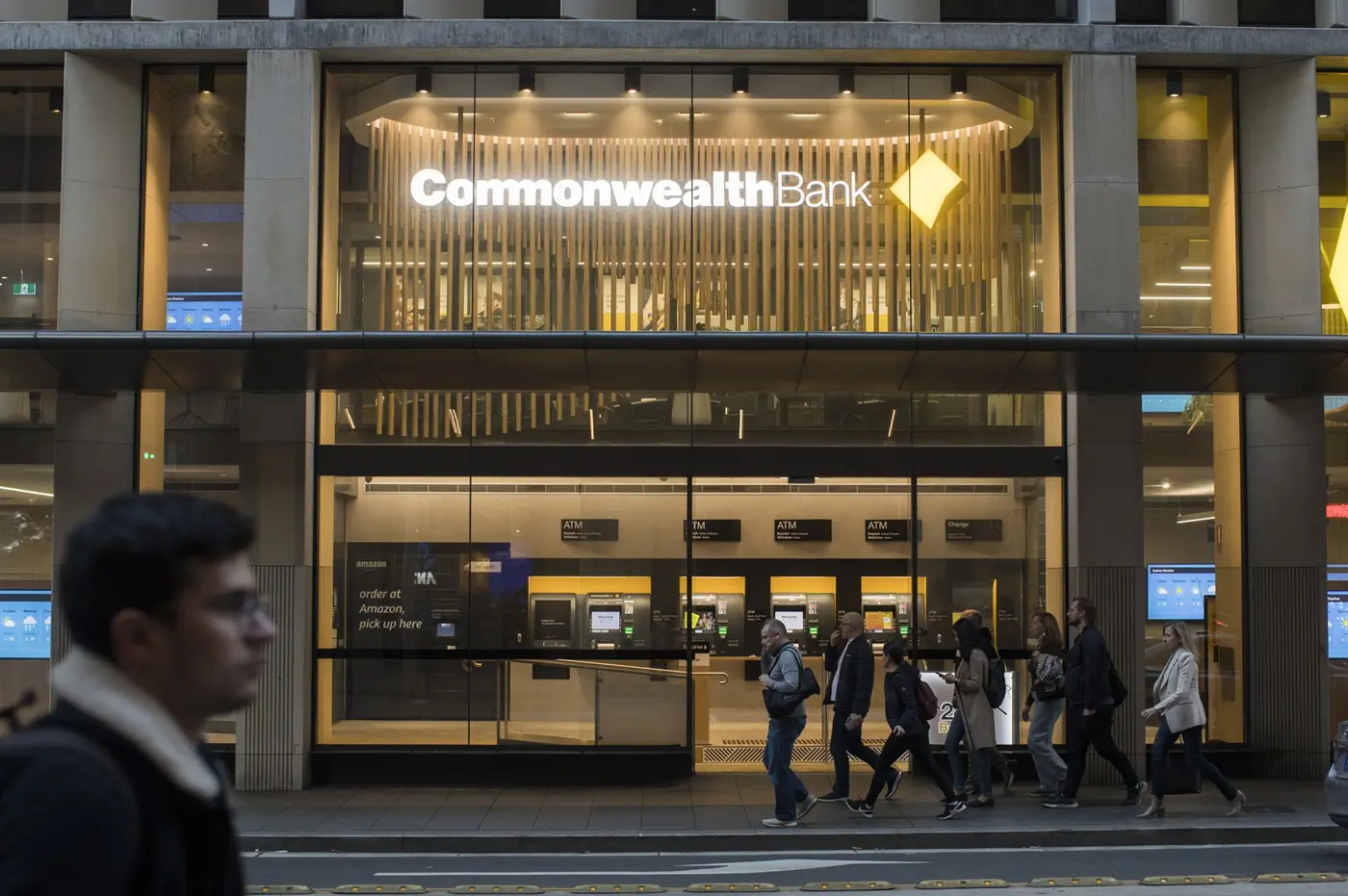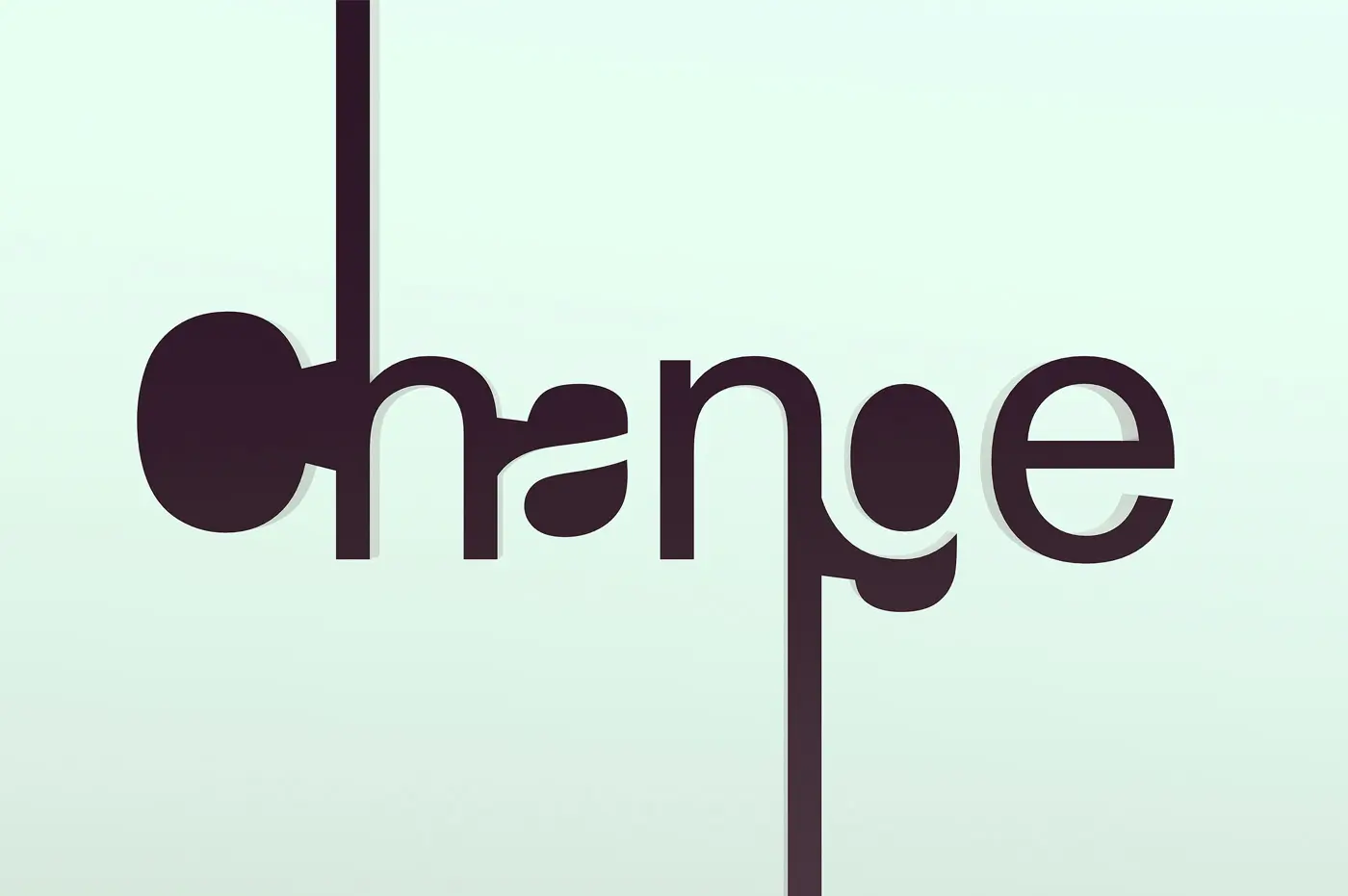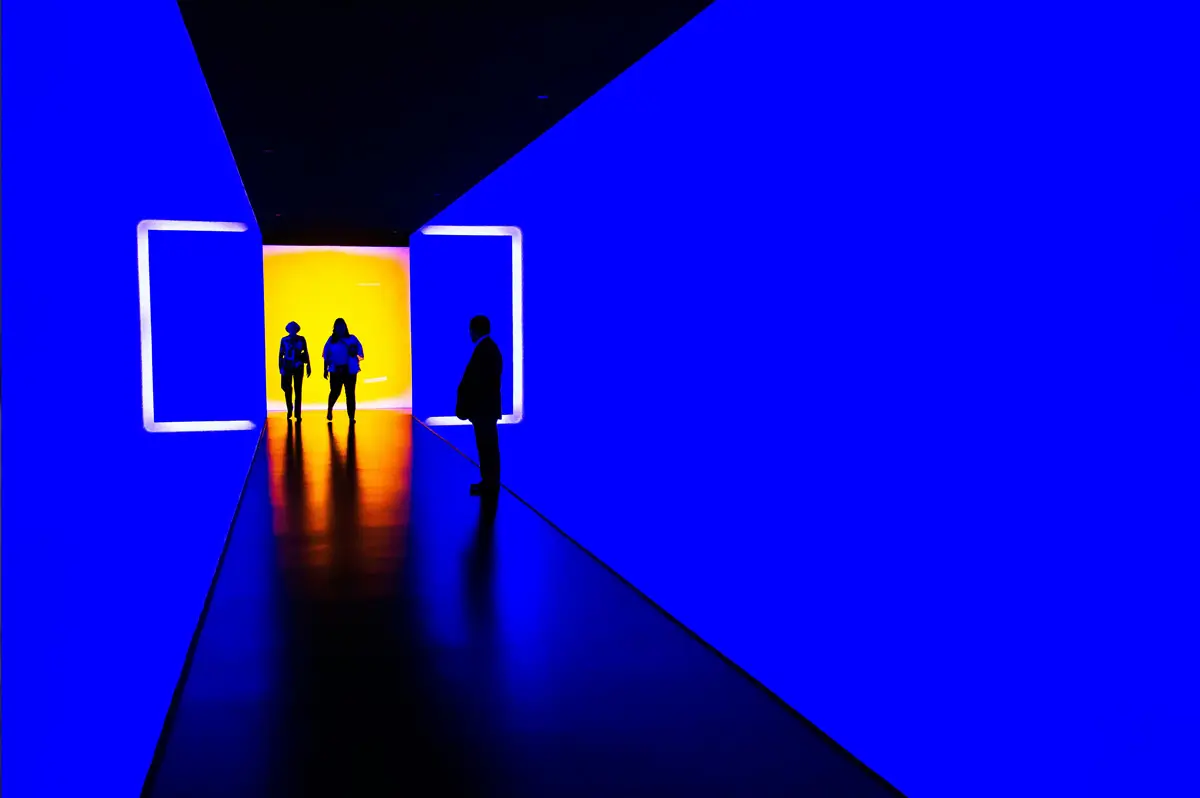In today’s marketplace, where numerous brands vie for attention, certain brands distinguish themselves by forging not just fleeting transactions but deeply entrenched relationships. These standout brands go beyond the superficiality of mere product offerings. They offer a narrative, an experience, an emotion. Their secret weapon? The profoundly influential concept of brand archetypes.
The Underlying Principle of Brand Archetypes.
Brand archetypes find their origin in Carl Jung’s profound psychological theory of the 12 universal personas or “selves” intrinsic to the human psyche. These are theoretical constructs and foundational narratives that brands can harness to evoke deep-seated emotions, fostering a powerful connection with their audiences. When brands successfully embody these archetypes, they cease to be mere commercial entities; they become stories, experiences and identities.
The 12 Key Brand Archetypes: A Glimpse into their Soul.
- The Innocent: Brands that breathe purity, offering an oasis of simplicity amidst chaos.
- The Explorer: For the restless souls, beckoning towards uncharted territories and fresh experiences.
- The Hero: Representing valour, they uplift and challenge, propelling us to strive for greatness.
- The Caregiver: The eternal nurturers’ essence lies in selflessness and protection.
- The Rebel: Unconventional and daring, they entice those who dare to challenge the norms.
- The Lover: Passion’s embodiment, they touch the deepest recesses of intimacy and connection.
- The Sage: The enlightened ones, guiding towards wisdom and truth.
- The Magician: Weaving reality from dreams, their allure is transformation.
- The Outlaw: The edgy disruptors thrive in rebellion.
- The Jester: Life’s light-hearted jesters, their spirit is infectious joy.
- The Everyman/Everywoman: The embodiment of relatability, they’re the voice of the common soul.
- The Ruler: Exuding authority, they symbolize control, leadership, and structure.
Evaluating Your Brand’s Archetypal Identity: A Comprehensive Exploration.
A brand identity is not a monolithic construct but a rich tapestry woven with narratives, beliefs, and emotions. To harness the transformative power of brand archetypes, brands must embark on an introspective odyssey. This journey involves:
Personality Reflection: Distilling the Brand Essence.
Core Values: A brand’s soul lies in its values. Whether challenging conventions as a Rebel or epitomizing safety as a Caregiver, the key is authenticity.
Emotional Landscape: How does a brand evoke emotions? Is it the comforting embrace of the Innocent or the inspiring call-to-action of the Hero?
Dominant Identity: Brands often resonate with multiple archetypes. However, pinpointing a dominant archetype is vital for a clear, consistent narrative.












